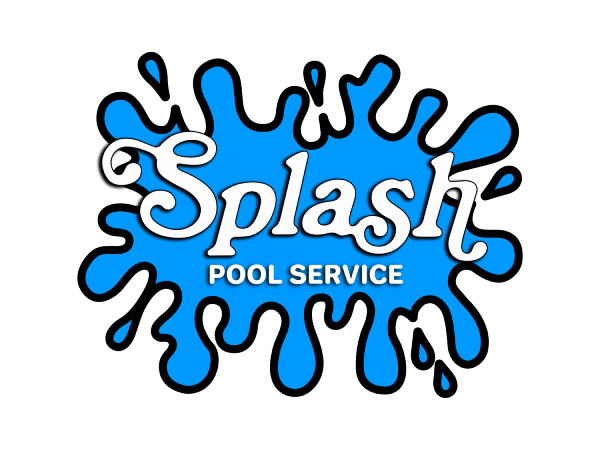This article serves as a concise guide to understanding the most common pool maintenance chemicals and their crucial roles.
Chlorine:
The fundamental role of chlorine is to sanitize pool water, preventing the growth of algae and bacteria. Without it, pools can quickly become breeding grounds for microorganisms, leading to murky water and potential health risks.
Muriatic Acid:
Muriatic acid reduces high pH levels, which is vital for preventing scale formation that can lead to surface staining. Ignoring high pH can result in a rough, scale-covered pool surface that’s unsightly and uncomfortable for swimmers.
Soda Ash:
Soda Ash is critical for raising low pH and alkalinity levels, which, if left unchecked, can lead to corrosive water that damages the pool surface and equipment. Maintaining proper pH levels with soda ash protects your pool’s structural integrity and extends the lifespan of your pool equipment.
Cyanuric Acid:
Cyanuric acid’s main purpose is to stabilize chlorine, protecting it from the sun’s UV rays and extending its sanitizing effects. Without cyanuric acid, chlorine would degrade quickly, necessitating more frequent additions and potentially leaving the pool unprotected against contaminants. Cyanuric acid is a component of many chlorine-based products, including most chlorine tablets and shock treatments. Each time these stabilized forms of chlorine are added to pool water, the overall cyanuric acid (CYA) level increases. Over time, depending on the pool’s chlorine demand, this can lead to an accumulation of CYA. Eventually, if the CYA concentration becomes excessively high, it may reduce the efficacy of chlorine as a sanitizer. In such cases, the only remedy is to drain or partially drain the pool and refill it with fresh water to dilute the CYA concentration. This process is considered a normal part of pool maintenance, helping to balance water chemistry and ensure a safe and enjoyable swimming environment.
